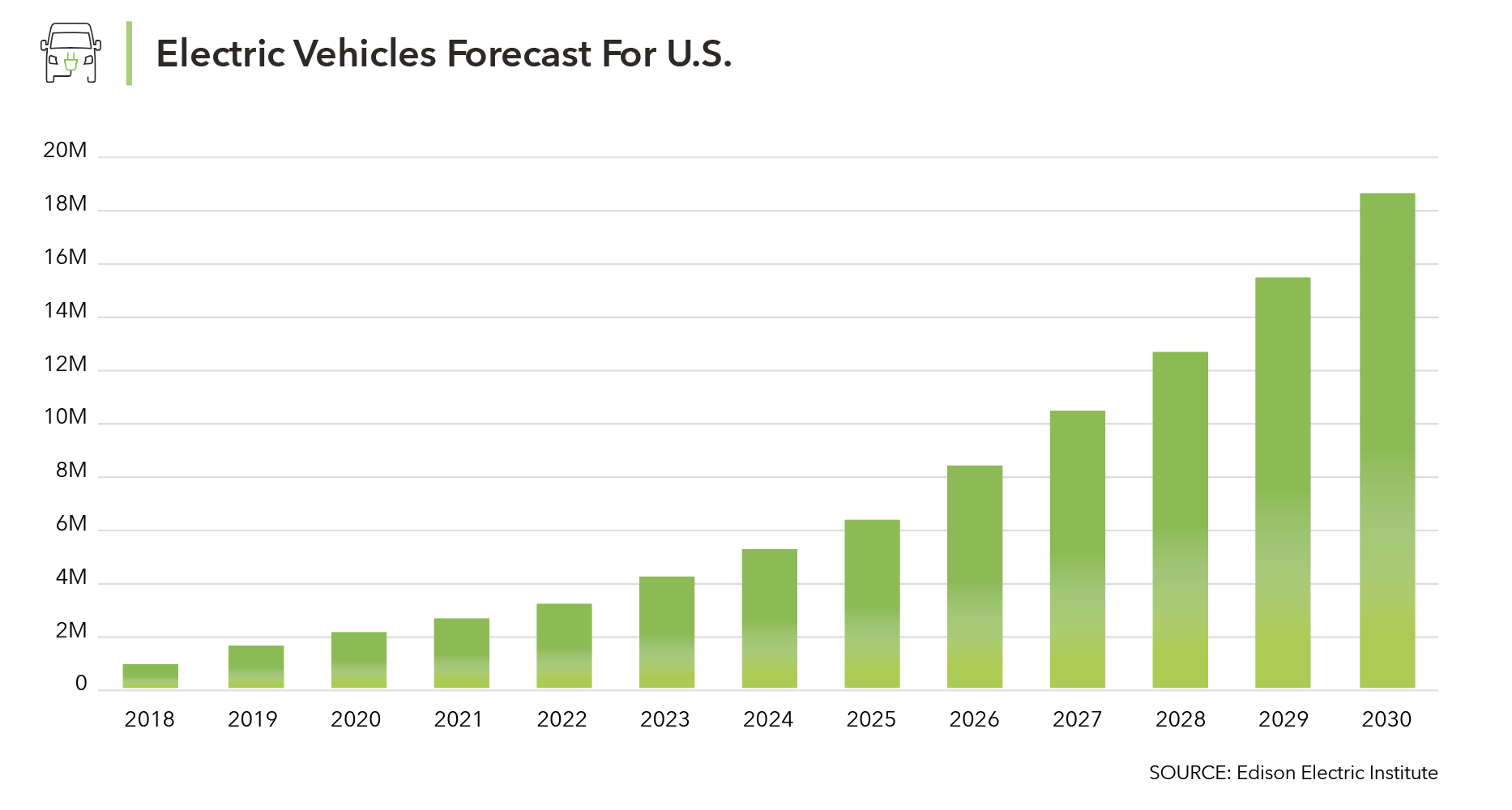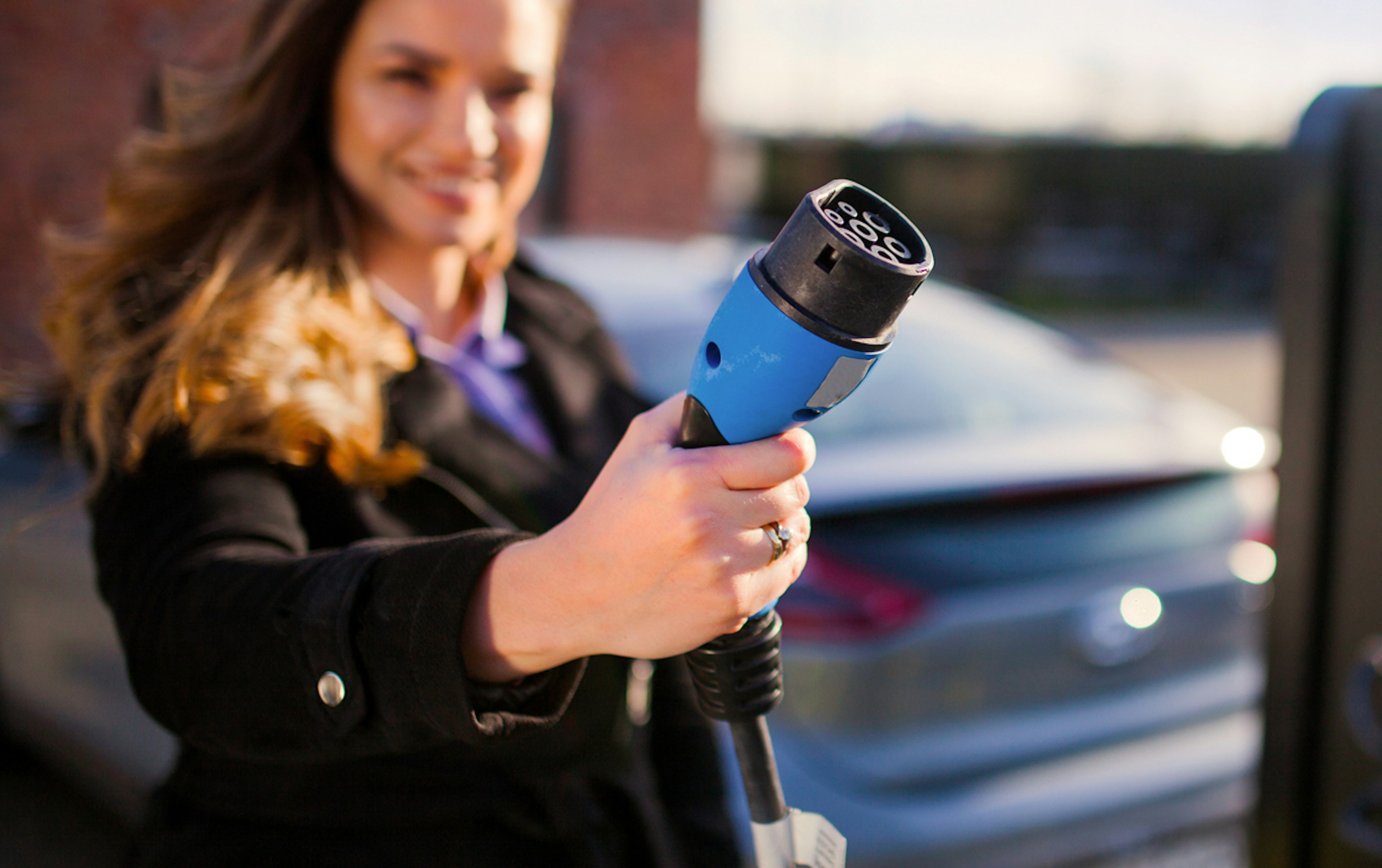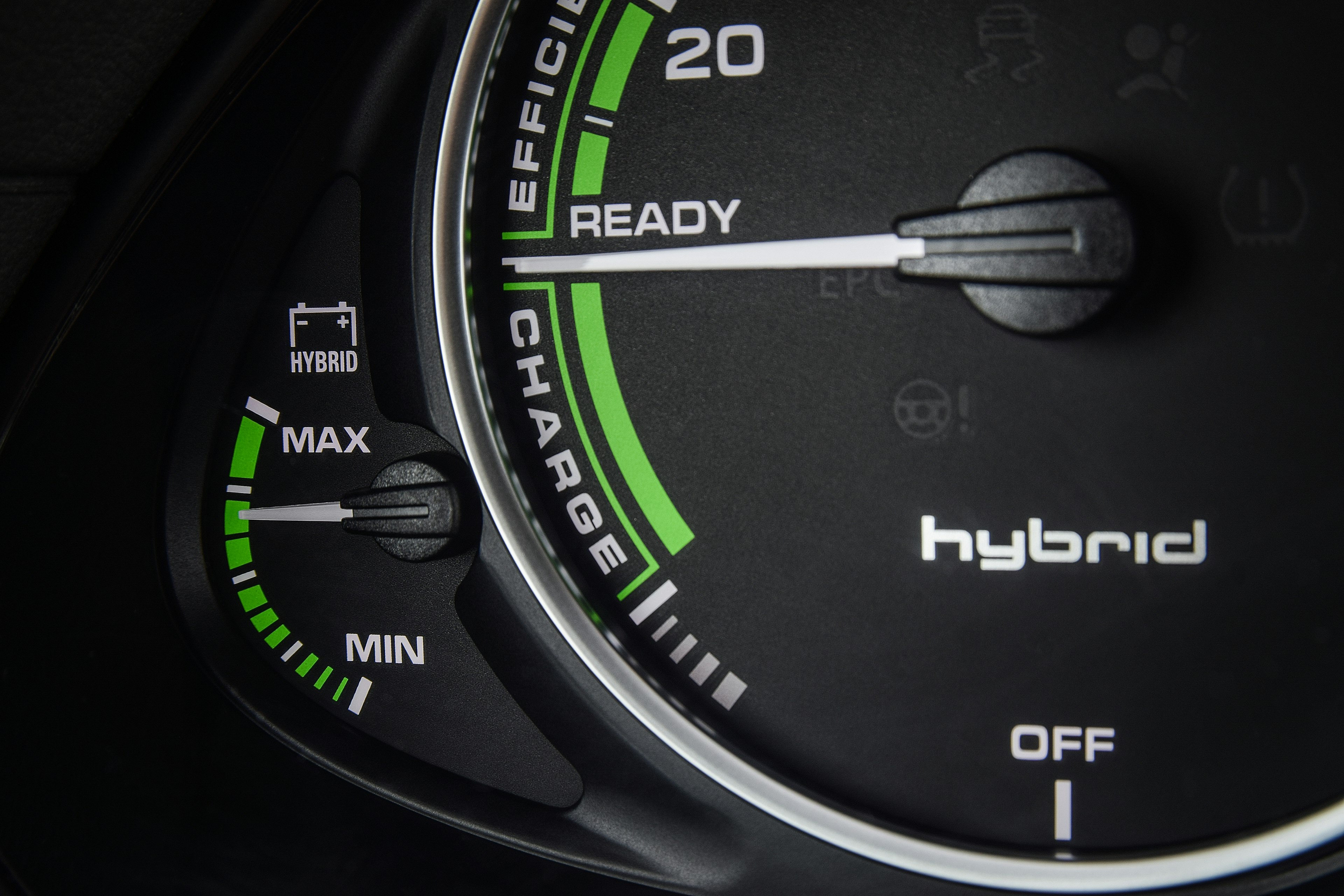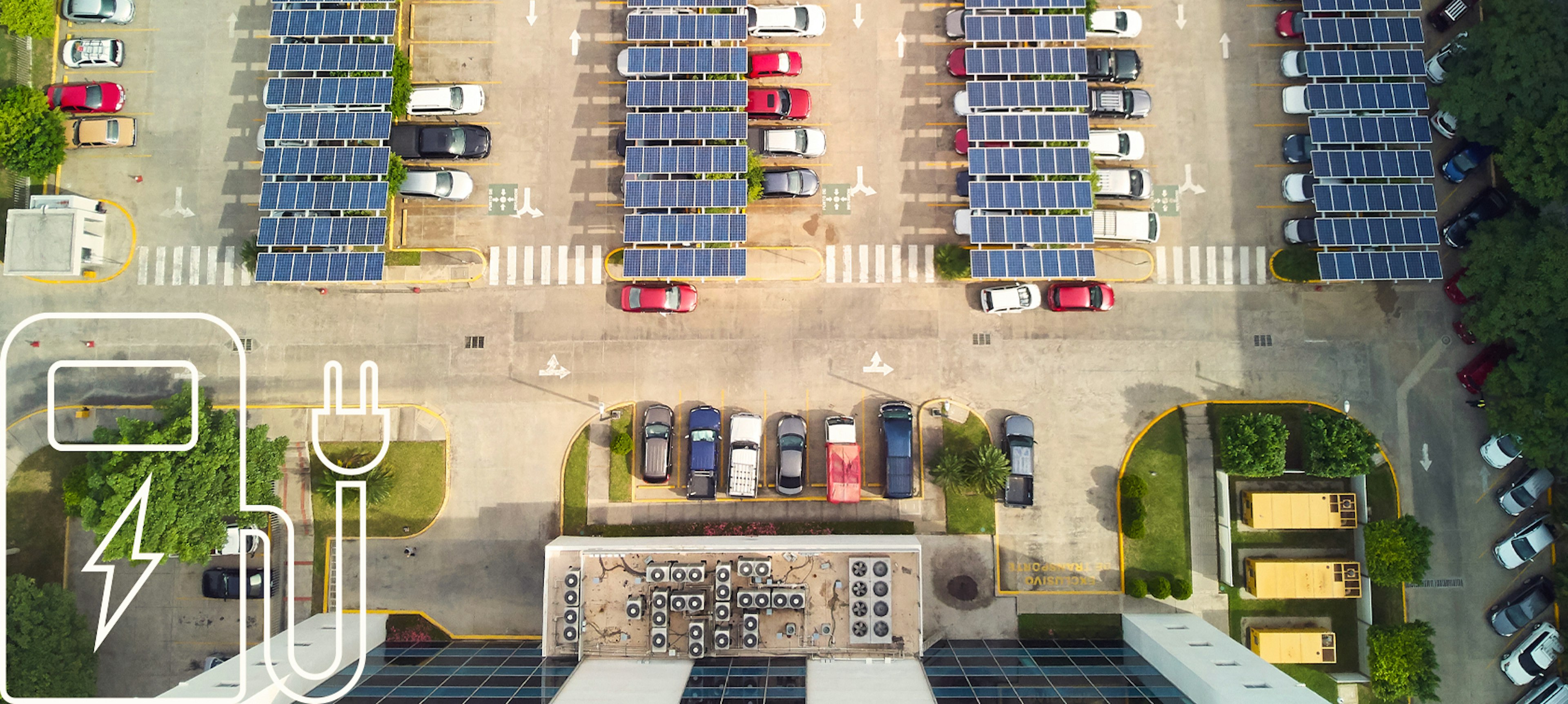These days, one of the most popular words in both the corporate and common lexicon is “sustainability.” It’s on many people’s lips—and minds. The topic has been trending for years and shows no signs of waning. In the fall of 2015, all 193 member states of the United Nations agreed to adopt a set of Sustainable Development Goals (SDGs), with an implementation target date of 2030. These goals, ranging from education to health care to environmental standards, are intended to drive the sustainability practices of governments and industries alike.
Against this backdrop, most companies, regardless of type or size, are finding their shareholders, employees, consumers, and other stakeholders not only want but expect them to demonstrate some level of environmental stewardship. Furthermore, this expectation includes the setting, tracking, and reporting of their own SDGs, KPIs, or a variation thereof.
In the effort to identify opportunities where sustainability can be improved, companies with fleets have an advantage. That’s because fleets offer easily identifiable—and measurable—ways to improve sustainability. This guide highlights how vehicle fleet management best practices can be added to help in the implementation, measurement, and achievement of your chosen sustainability goals. It also offers ideas about why and how to celebrate when you accomplish your goals.
A trifecta of sustainability possibilities for fleets.
There are three primary ways your fleet can contribute to your company’s sustainability goals:
- Transitioning to electric or hybrid vehicles
- Leveraging proactive maintenance
- Using data to optimize fleet performance
We’ll examine each of these below. But first, consider the nature of the goals you set. You certainly want them attainable, but not too easily achievable. It’s best to make them aspirational. Your employees and other stakeholders are likely to be more energized by your goals—and impressed when achieved—if they have some “stretch” in them.
Keep in mind, too, that most sustainability plans include one-, five-, and ten-year goals, for example. Rome wasn’t built in a day and neither is a fully sustainable company.
Transitioning to electric or hybrid vehicles.
Yes, this is a major step and one that may present some significant upfront expenses. However, those initial costs are likely to save your company a significant sum over time. And, for now, it’s also a step hampered by the limited availability of EV fleet vehicles, particularly when it comes to vans and trucks. (Though that situation will be changing dramatically in the coming year or two.) That said, there’s just no getting around two undeniable facts.
First, most everyone now understands that internal combustion engines are tied to climate change. From record-breaking temperatures to increasingly volatile weather events to rising sea levels, climate change poses a threat to us all—and vehicle emissions are a key culprit. According to the United States Environmental Protection Agency (EPA), in 2019, the transportation sector accounted for 29% of all U.S. greenhouse gas emissions.
Second, the EV market, and the infrastructure to support it, is growing—at warp speed—thanks to significant private and public investment. In August 2021, the Biden-Harris administration announced a goal of making half of all new vehicles sold in 2030 electric. Additionally, the administration set targets for having 500,000 charging stations in the U.S., also by 2030. According to the 2021 State of Sustainable Fleets Report, sustainable fleet management is poised to become even more efficient as new green technologies move from the lab to the road.
The EV revolution.

A group to watch. And perhaps join.
Over 127 large corporations joined the global EV100 initiative, which brings together companies committed to switching their fleets to EVs by 2030. The roster includes several notable companies, such as Bank of America, Deloitte, and IKEA. By setting targets to transition your fleet to EVs, your company can join this impressive group—and help realize certain global sustainability goals.
Leveraging proactive maintenance.
They say, “An ounce of prevention is worth a pound of cure.” While this adage usually refers to the well-being of our bodies, it also applies to the ongoing health of fleets. By leveraging a proactive maintenance program for your fleet, you can help prevent small problems from becoming bigger ones. Additionally, some problems can be avoided entirely. But what does this have to do with fleet sustainability?
First, a poorly maintained vehicle will expel higher-than-normal emissions. It’s also more apt to leak fluids that can ultimately contaminate water sources. Even something as small as keeping tires properly inflated can improve gas mileage by more than 3%.
Second, healthier vehicles stay in service longer. This enhanced longevity not only offers financial benefits to your company, but also helps reduce the need for new parts, decreasing the demand for raw materials and the energy necessary to produce and transport them.
Using data to optimize fleet performance.
Fleet telematics and other data tools can help fleet managers better maintain their vehicles and reap the rewards just discussed. Data can help in other ways too. For instance, GPS and traffic monitoring data can improve route optimization—this not only saves time, but fuel and emissions as well.
Sample fleet sustainability goals.
Every company is unique, as is every fleet. That’s why sustainability KPIs aren’t “one size fits all.” If you’re seeking inspiration for the types of goals to adopt, here are several examples:
- By Earth Day 2024, we’ll publish a detailed, actionable plan on our website describing exactly how and when we’ll transition to an all-electric fleet.
- We commit to having a fleet that’s 20% electric in three years and 100% electric in six years.
- By 2027, we’ll reduce our fleet’s annual carbon emissions by 45%.
- We pledge to reduce our fleet’s fuel consumption by 30% in three years—and we’ll publish how we achieved this accomplishment, so other companies can benefit from our experience and follow suit.
- Through enhanced maintenance programs for our fleet, we seek to achieve a 45% reduction in new parts, saving 100,000 pounds of raw materials.
You’re improving the world, so let the world know.
Whether your motivation to improve your fleet’s sustainability is driven by a deep personal interest or by more pragmatic concerns, you’re doing a good thing. So be sure to share your sustainability efforts and achievements with your shareholders, employees, customers, and other stakeholders. Leverage your employee intranet, social media posts, and other communication platforms. Of course, you can take more creative approaches too. Here are two examples, the first more appropriate for a B2C company, the other for a B2B enterprise.
-
Suppose you transitioned some or all of your fleet to EVs. Arrange several to be driven in a local parade beloved by your customers. Decorate the vehicles based on the parade’s theme or something relevant to sustainability. For instance, place a large replica of planet Earth on the vehicle’s roof. Employee volunteers could walk alongside the vehicles and pass out candy attached to flyers touting your company’s sustainability efforts. Consider including tips on the flyer for improving sustainability at home. (Tip: Print your flyers on 100% post-consumer recycled paper with eco-friendly inks.)
-
Let’s imagine you achieved one of your fleet’s SDGs and cut your CO2 emissions by 35%, resulting in a 6,000-ton annual reduction. You could celebrate this at an industry tradeshow, so customers and vendors—as well as your envious competitors—could appreciate your achievement. Offer a relevant, enticing prize to those who visit your booth and accurately guess how many pennies or feathers, for example, are required to tip the scales at 6,000 tons. Something like this would help your sustainability success stick in their minds.
Customers and other stakeholders are paying close attention to what companies are doing to care for our planet and conserve its limited resources. So take advantage of all the sustainable opportunities attached to your fleet. Your efforts to improve the world we all work, live—and drive—in will reap all sorts of rewards.



